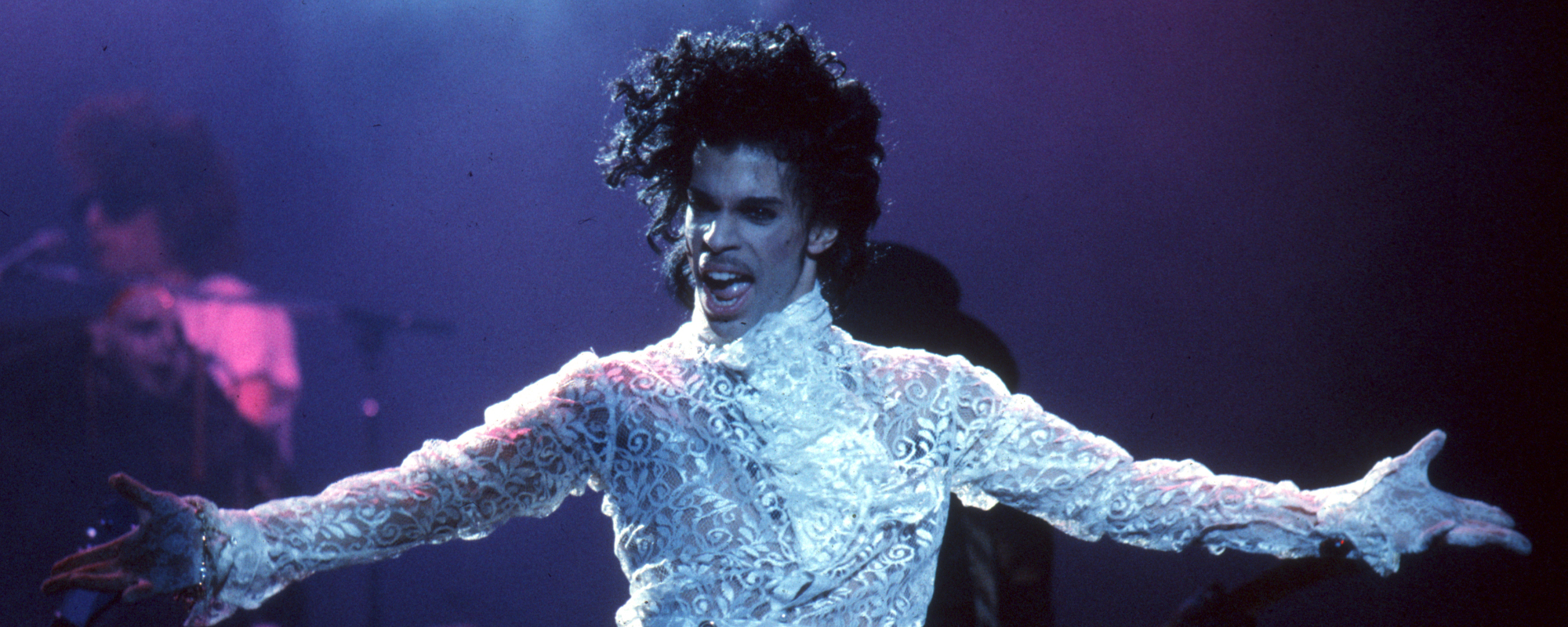On The Wild, the Innocent, & the E Street Shuffle, released in 1973, Bruce Springsteen recorded several songs that eventually became instrumental to his legacy. But when the album came out, hardly anyone noticed the album or its songs. To most of the music world, he was less the Boss at this time. More like the Hype.
Videos by American Songwriter
As a result, this album is fascinating in that most people only appreciated it in retrospect, going back to it only after its follow-up (Born to Run in 1975) made Springsteen an undisputed star. Let’s go back to the circumstances behind the making of this flop-turned-classic.
How Greetings Almost Became Farewell
When Bruce Springsteen’s debut album Greetings from Asbury Park, N.J. was released in January 1973, his record company (Columbia) hyped the album as the work of the “New Dylan.” Notwithstanding the fact that Springsteen’s music had little in common with Bob Dylan’s besides wordiness, the hype did him no favors with radio stations and bookers who heard a muddy-sounding record that found Springsteen searching for a musical identity (despite a few standout tracks).
The bulk of 1973 was not exactly flowers and sunshine for Springsteen. The debut album sold poorly compared to the money spent to promote it. Executives at Columbia bristled over the heavy-handed tactics favored by Springsteen’s producer/manager Mike Appel. A tour opening for Chicago was disastrous, as fans booed this scruffy newcomer with the elongated songs while waiting for the slick, horn-filled professionalism of the headliners.
As a result, The Wild, the Innocent, and the E Street Shuffle, which Springsteen recorded with his touring band in the summer and fall of ’73, received hardly anywhere near as much notice as the debut. In fact, it dribbled into the market with hardly any promotion at all in November 1973, 10 months to the day after the debut. Little did the world know that one of the great rock artists of his generation had just released his first great album.
Shuffling to Greatness
“On the second album, I started slowly to find out who I am and where I wanted to be,” Springsteen told author Dave Marsh in the book Bruce Springsteen: Two Hearts, The Definitive Biography, 1972-2003. “It was like coming out of the shadow of various influences and trying to be yourself.”
Springsteen had moved on from the Dylan/Van Morrison moves of the first record and found a kind of expansive sound on the second record, one that more closely resembled his wild and woolly live shows. Although the most famous version of the E Street Band hadn’t yet coalesced, Springsteen still had plenty with which to work among the players, including Danny Federici’s jack-of-all-trades keyboard flourishes, Garry Tallent’s nimble bass, and Clarence Clemons’ soulful sax runs. Keyboardist David Sancious and drummer Vini Lopez weren’t long for the band, but their funky contributions add to the sonic flavor of this album.
Aside from the instrumentation, the second Springsteen album has the goods when it comes to the songs. There are only seven of them, and a few on the first side work better in concert than on record. But the rest are all epics, both in length and the richness of their content.
“4th of July, Asbury Park (Sandy)” found Springsteen both romanticizing the boardwalk (many thanks to Federici’s accordion) and displaying the clear-eyed reality of the scene all at once. “New York City Serenade” waxes and wanes through nearly 10 minutes but is full of musical and lyrical surprises. “Rosalita (Come Out Tonight)” was like a live performance in the studio, with its show-stopping moments interspersed with Springsteen’s charmingly cornball humor.
And then there’s “Incident on 57th Street.” You can look at this song as a dry run for what was to come on Born to Run, but that would suggest that it’s somehow lesser than the songs on that record, which it most certainly isn’t. The ragged glory that Springsteen bestows on Spanish Johnny and Puerto Rican Jane sticks with you long after Sancious’ somber closing piano notes drift into the manic start of “Rosalita.”
The Legacy of The Wild, the Innocent, & the E Street Shuffle
If a classic album is released in the woods and nobody is there to hear it, is it still a classic? That was the conundrum facing The Wild, the Innocent & the E Street Shuffle, which sold little and received even less airplay than some of the songs from the debut. One small consolation: A small batch of music critics heard it and raved about it.
In 1974, one of those critics, a part-time record producer named Jon Landau, saw Springsteen play live and wrote a legendary column about what he’d seen. In a just world, it would have been that second album that got the ball rolling on Springsteen’s superstardom instead of that column. But we should probably be glad that it happened at all, since it meant people would go back to The Wild, the Innocent, & the E Street Shuffle and wonder why they’d missed this masterpiece the first time around.
When you purchase through links on our site, we may earn an affiliate commission.
Photo by Fin Costello/Redferns













Leave a Reply
Only members can comment. Become a member. Already a member? Log in.